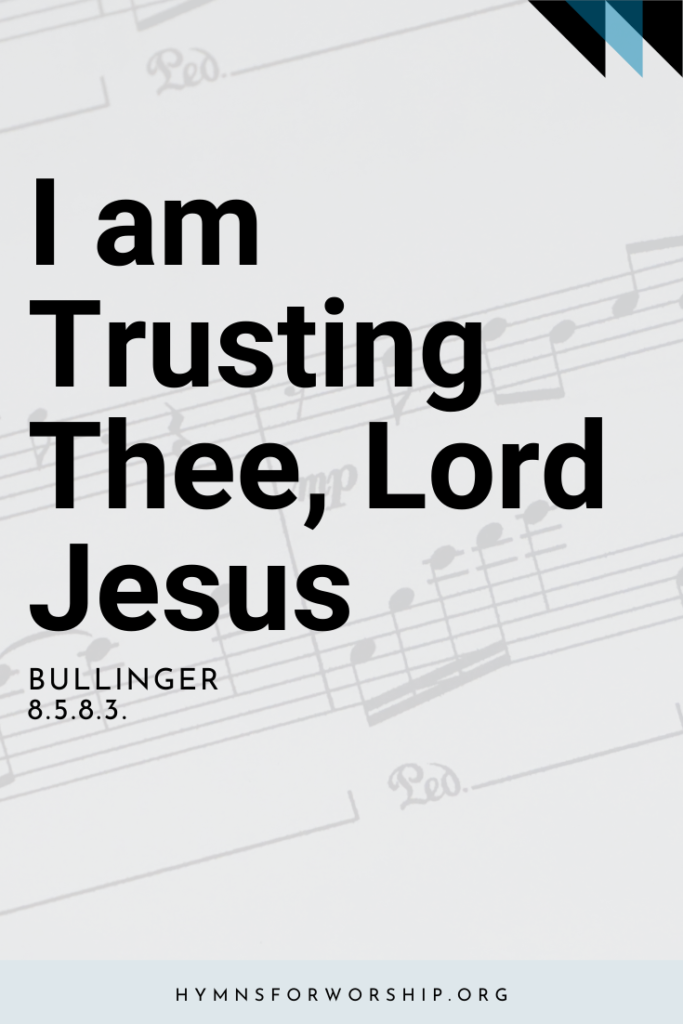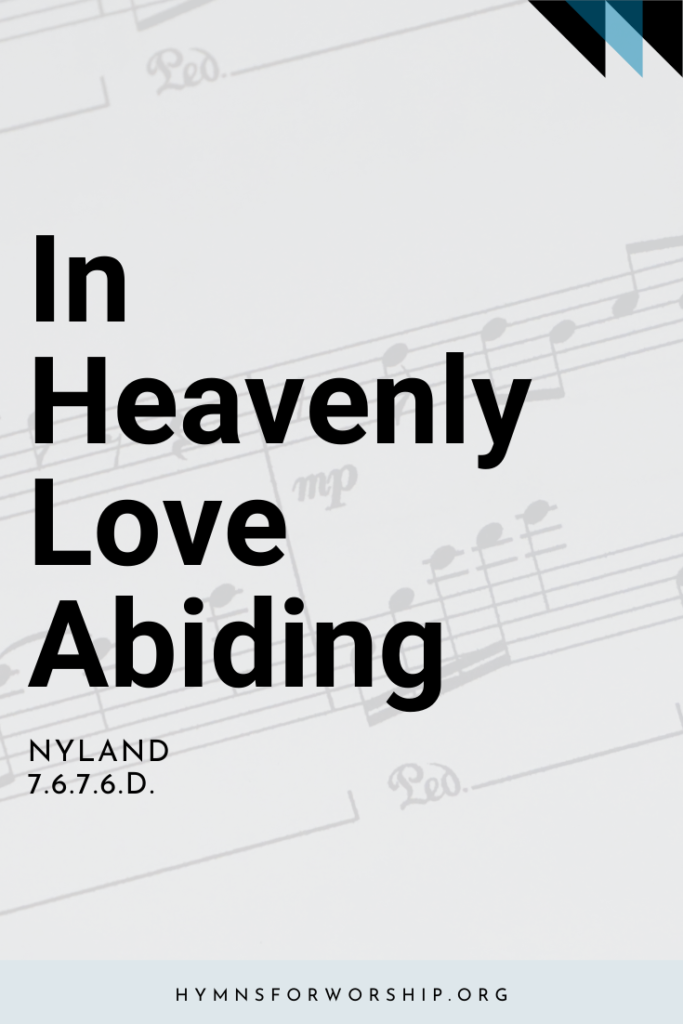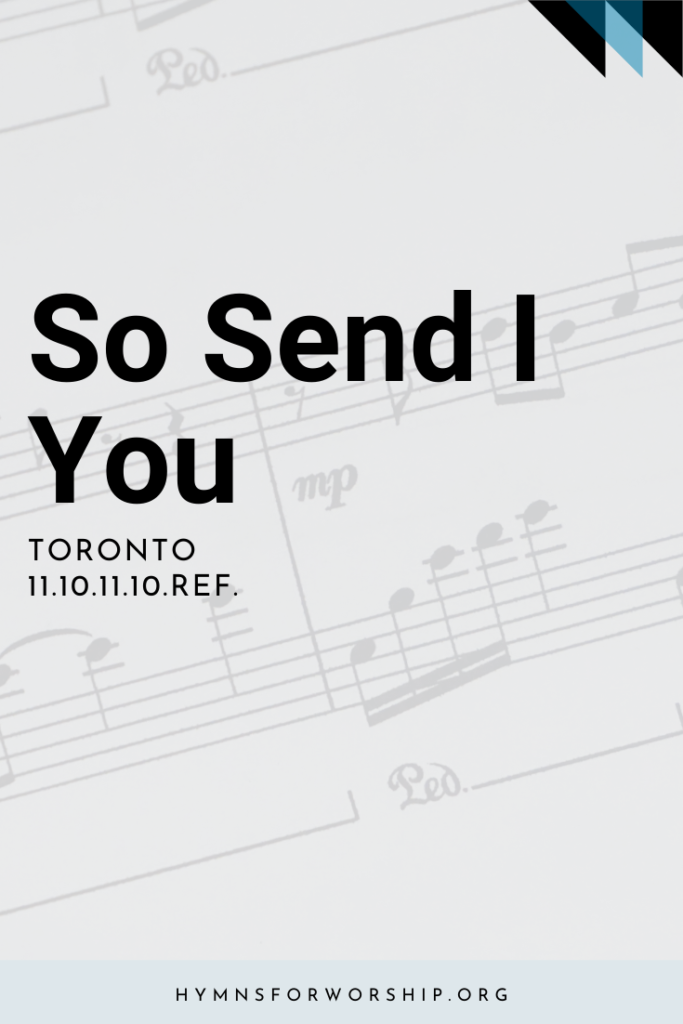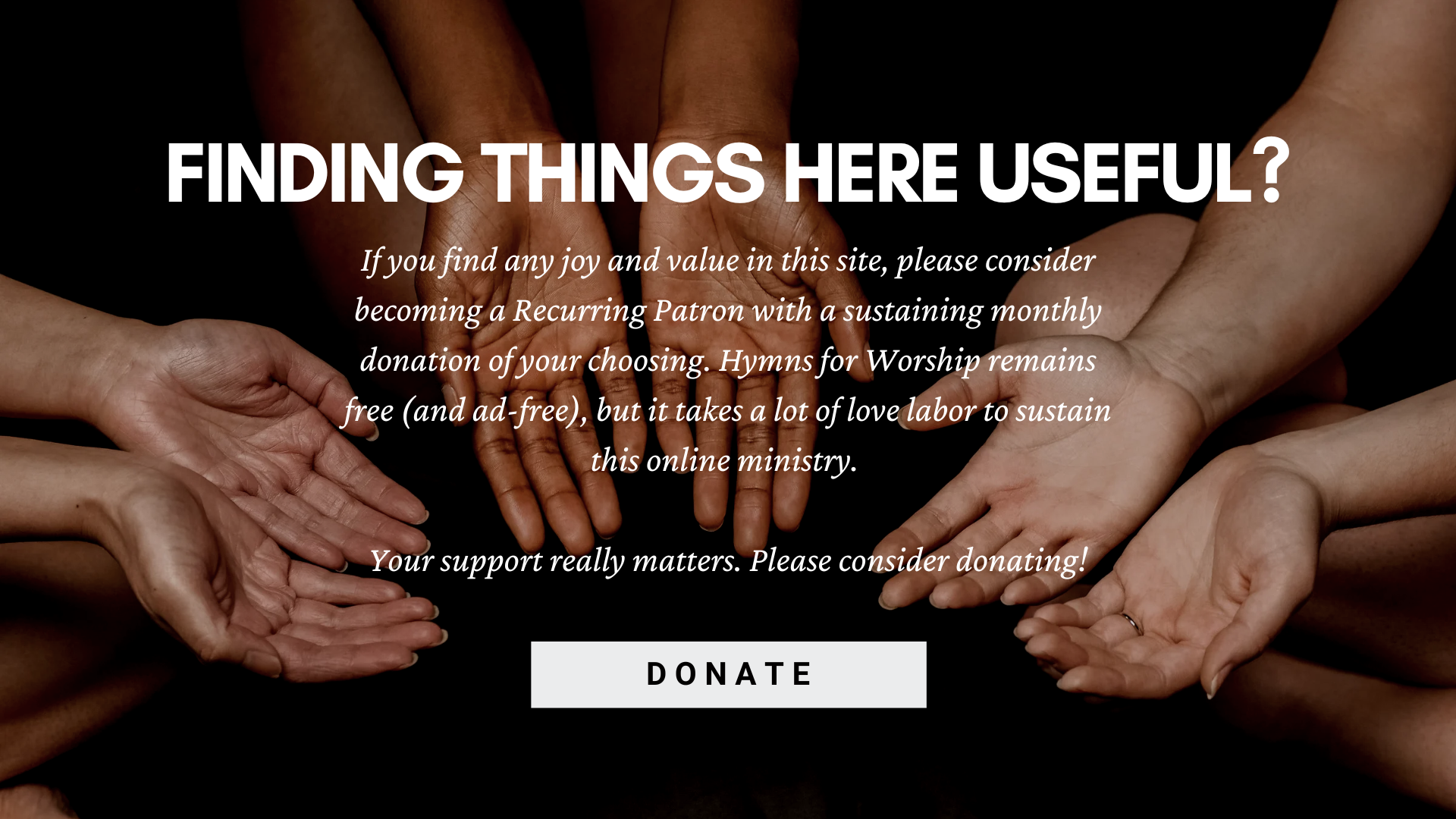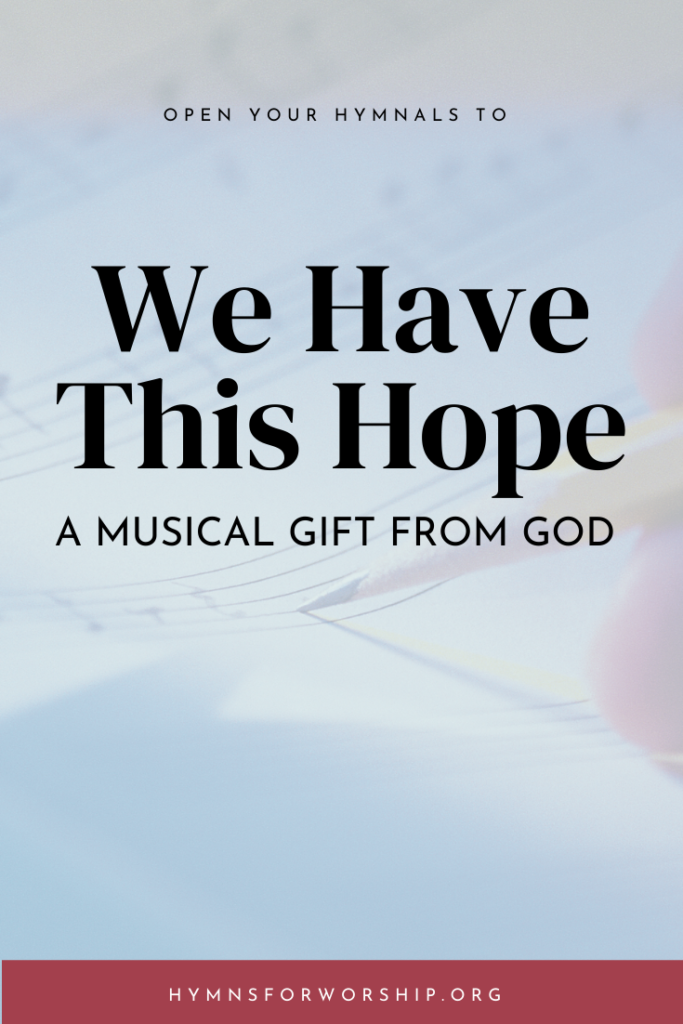
‘We Have This Hope’ is probably one of the most famous Adventist hymn that is still sung today. In almost every Adventist Church in the world, this hymn still remains to be the final congregational song that is sung after the preacher says the benediction for the Divine Hour Worship.
Succinctly reflecting the Adventist belief in Christ’s imminent return, it was originally created to be the theme song for the 1962 Seventh-day Adventist General Conference Session in San Francisco, it was used again 1966 (Detroit, Michigan) 1975 (Vienna, Austria), 1995 (Utrecht, Netherlands) and 2000 (Toronto, Canada). It was also translated into numerous languages.
Wayne Hooper, a beloved Adventist musician who wrote both words and music to this song, relates his experience on how this theme song came to be written.
Musical Ideas From the Lord
For several years, Hooper had been studying the symphonies of Johannes Brahms as a part of his graduate study program in Occidental College.
One day he got an invitation to write a song for the GC Session themed ‘We Have This Hope.’ Charles Keymer, the chairman of the music committee for the event encouraged him to try his hand at composing, ‘something that the committee will consider’.
It was while driving from Glendale, California to La Sierra College to see his son that musical ideas came to him. Thinking of what tune would fit, ‘We Have This Hope,’ his thoughts suddenly recalled the four notes following the pick up note in the final theme of Brahms’ Symphony No. 1 in C Minor. It fit the words exactly!
Hooper wrote, “I had been praying that if it were the Lord’s will that I write something useful, that the Holy Spirit would impress my mind with the right combination of words and music that would be a blessing to the people at the GC Session.”
When the first few musical ideas came to him, it was only a matter of half an hour when he came up with all the words and most of the music. The transition section did not come until about a week later.
“This is the one time in my life that I feel very certain that I was ‘given’ the musical ideas from the Lord,” he said.
Check out the theme that became Hooper’s source of inspiration for writing this hymn
An experience close to Brahms
Arthur Abell’s book, Talks With Great Composers(1955), records of an actual conversation that happened between the author, Johannes Brahms and Joseph Joachim.
Brahms was at the height of his musical genius, and he was asked regarding the source of his inspiration. Here he answered, “All truly inspired ideas come from God. Beethoven, who was my ideal, was well aware of this.”
At this juncture, Abell asked, “Dr. Brahms, how do you contact Omnipotence? Most people find Him very aloof.”
To this Brahms proceeded to explain his understanding of John 10:30. He said, “To realize that we are one with the Creator, as Beethoven did, is a wonderful and awe-inspiring experience. Very few human beings ever come into that realization… I always contemplate all this before commencing to compose. This is the first step. When I feel the urge I begin by appealing directly to my Maker and I first ask Him the three most important questions pertaining to our life here in this world — whence, wherefore, whither?…Above all, I realize at such moments the tremendous significance of Jesus’ supreme revelation, ‘I and my Father are one.’ Those vibrations assume the forms of distinct mental images, after I have formulated my desire and resolve in regard to what I want — namely, to be inspired so that I can compose something that will uplift and benefit humanity — something of permanent value… Straightaway the ideas flow in upon me, directly from God, and not only do I see distinct themes in my mind’s eye, but they are clothed in the right forms, harmonies and orchestration. Measure by measure, the finished product is revealed to me when I am in those rare, inspired moods.”
This particular instance was quoted by Hooper in the SDA Hymnal Companion as he analyzed his whole process of creating the hymn. He said, “I had feelings very close to these while riding in the car that day.”
“The Lord is soon to come, and we must be prepared to meet Him in peace. Let us be determined to do all in our power to impart light to those around us. We are not to be sad, but cheerful, and we are to keep the Lord Jesus ever before us. He is soon coming, and we must be ready and waiting for His appearing. Oh, how glorious it will be to see Him and be welcomed as His redeemed ones! Long have we waited, but our hope is not to grow dim. If we can but see the King in His beauty we shall be forever blessed. I feel as if I must cry aloud: “Homeward bound!” We are nearing the time when Christ will come in power and great glory to take His ransomed ones to their eternal home.”
COUNSELS TO THE CHURCH, P. 356
The ‘hope’ that burns within our hearts
A true Bible student closely studying the prophetic timelines of our faith will be able to see the implications of what Hooper meant when he described hope to be something “that burns within our hearts.”
In Luke 24:21 (NASB) it says, “We we’re hoping that it was He who was going to redeem Israel.” This was the unction of the followers walking down Emmaus road. At that time, they felt like their hopes were crushed when Jesus died in the cross. But a closer study reveals that it was a misunderstanding. They carefully testified the Scriptures and held on to the promise that He will come again.
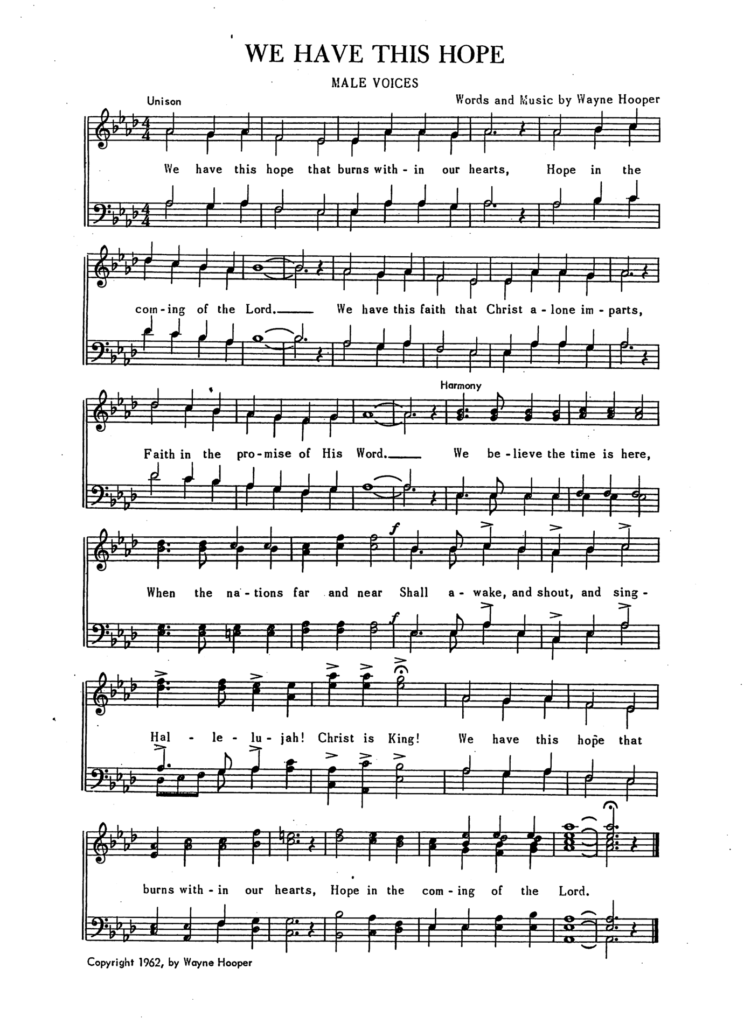
Hundreds of years later, God’s people realized that Christ might actually come soon on October 22, 1844. This was the great hope of the apostles. They longed for this day. A close study of Daniel 8:14 revealed that He will come at the end of the 2300 days. But it was another misunderstanding of the interpretation of the Scriptures, and Jesus did not come as the pioneers hoped for, instead He went to the most holy part of the heavenly sanctuary to begin the investigative judgment.
For hundreds of years, God’s people had been longing for His soon return. Hence this feeling of intense longing and hoping can be described as something that burns within the heart. Just like those tho travelers on Emmaus felt when they said, “…Did not our heart burn within us?” The more the Scripture was expounded to them, the more hope surged within them.
The apostles and the pioneers referred to it as the blessed hope.
In Titus 2:13-14 it was written “Looking for that blessed hope, and the glorious appearing of the great God and our Saviour Jesus Christ; Who gave himself for us, that he might redeem us from all iniquity, and purify unto himself a peculiar people, zealous of good works.”
But in our time and generation, this is not just the blessed hope, but the hope that burns within our hearts!
*Note: The second stanza of this hymn was added later during the 1995 General Conference having the theme “United in Christ.” The earlier SDA Hymnal which was published in 1985 didn’t have this, but would include it in its reprinted editions.
In the Shop
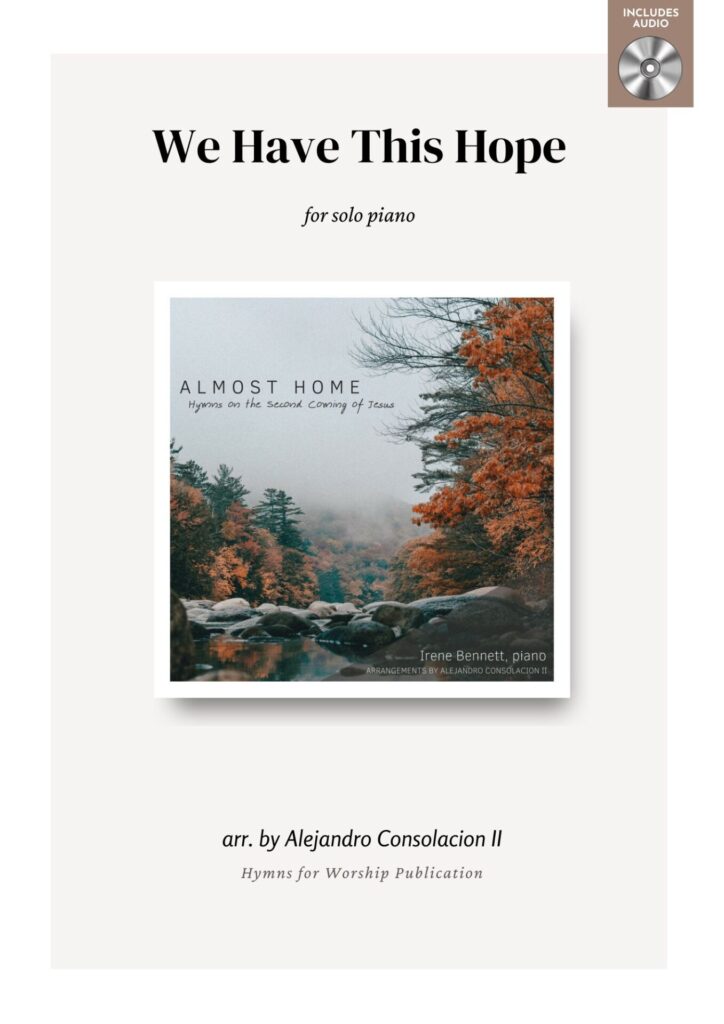
Fast-paced and energetic, this arrangement evokes the hope that burns in the hearts of the people waiting for Christ’s soon return. 9 pages. Also includes a professionally recorded audio of this arrangement in .wav format. Advanced. >>Head to the shop to check discounts, audio samples and bundles.
Do you sing this hymn in your church? What kind of emotions do you go through whenever you sing this hymn? Let me know in the comments section below!


